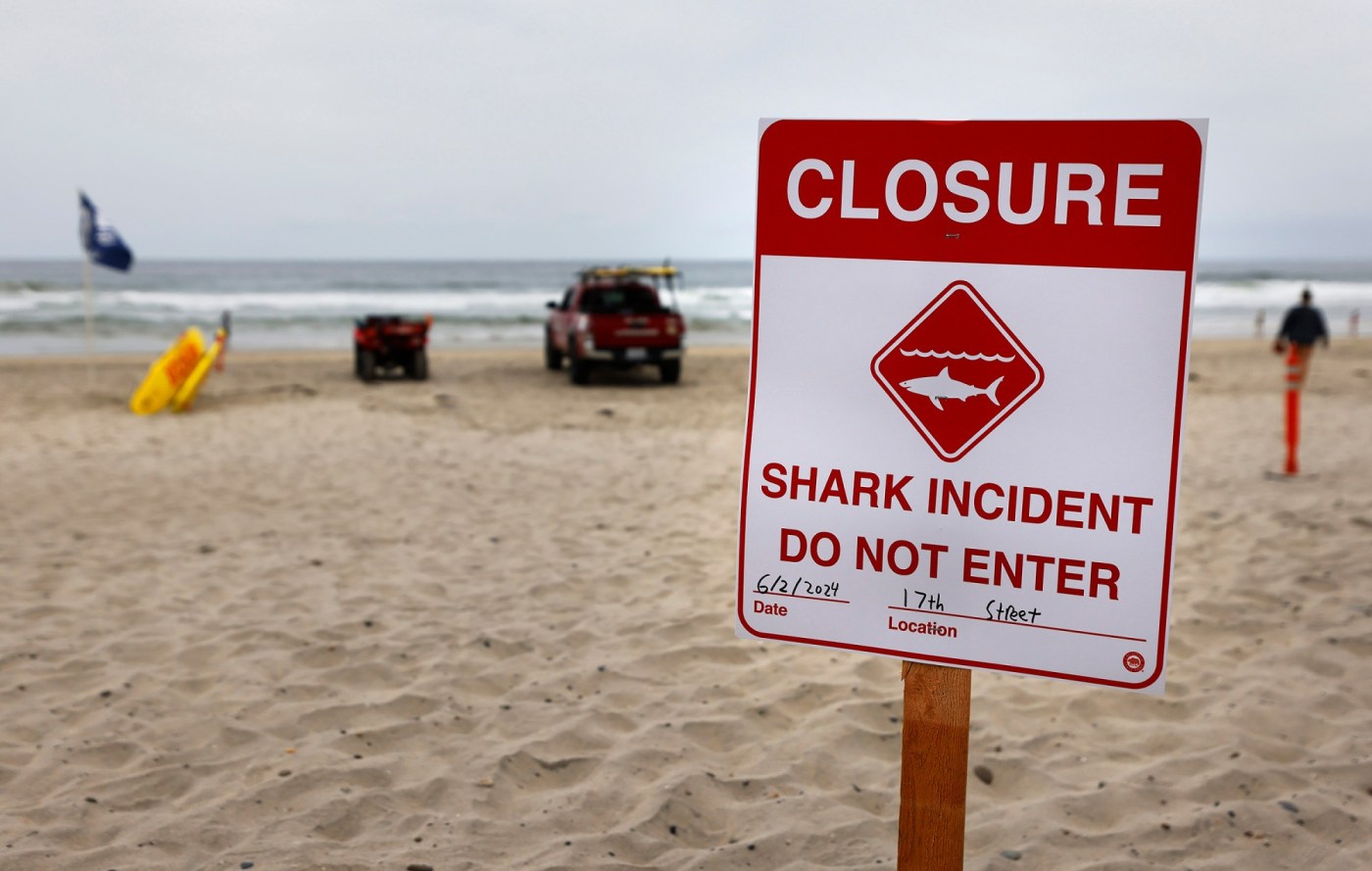By Katie Hunt | CNN
Unprovoked attacks by sharks declined sharply in 2024, with 47 incidents logged worldwide, down 22 from the previous year and significantly below a 10-year average of 70, according to new figures released Tuesday.
The United States experienced the highest number of unprovoked attacks by sharks, with 28 reported incidents, including one fatal attack by an unknown shark species off the northwest coast of Oahu, Hawaii. That US total, however, was almost a third lower than in 2023.
The Florida Museum of Natural History compiles the International Shark Attack File, which monitors known shark attacks by collaborating with scientists worldwide. Only unprovoked attacks, or those in which a person does not initiate contact with a shark, are included in the database.
Florida had a total of 14 incidents last year, more than any other US state. Of those, eight occurred in Volusia County, which is home to Daytona Beach on Florida’s east coast.
“We’re interested in the natural patterns of shark behavior so that we can understand why people occasionally get bitten by these animals. Any cue or attribute that modifies an animal’s natural behavior is something that, we as scientists, want to exclude,” said Gavin Naylor, director of the Florida Program for Shark Research, in a statement.
RELATED: Where California lands on list of world’s most shark-filled waters
Many of the Florida bites were likely from blacktip sharks, which occupy breeding grounds that stretch along the northeast Florida coastline, the Florida Museum of Natural History noted in the statement. Many of the sharks in this area are juveniles and fail to distinguish between humans and their prey, which includes fish, stingrays and other sharks, according to the statement.
California saw three unprovoked attacks in 2024, including one in which a surfboard was punctured. Worldwide, surfers accounted for a third of all attacks last year.
“People surf where there are good waves, and where there are good waves, there’s turbidity, and where there’s turbidity, there are often bait fish that attract sharks,” Naylor said. Turbidity is a measure of the amount of particles, such as sediment, in a body of water. “The turbidity also reduces visibility in the water, making it harder for sharks to see. Some of them make mistakes.”
Joe Miguez, data manager for the International Shark Attack file, said a multitude of factors likely influenced the decrease in attacks in 2024. Those factors include changes in oceanic currents, fluctuations in the number of people in the water in certain areas, and even shifts in the popularity of water activities like surfing and snorkeling, he said.
“When looking at long-term data, we often observe an oscillating trend — some years see an increase in bites, followed by periods of decline in what appears to be a random cycle,” he said via email.
“Because of this natural variability, we cannot attribute this year’s decline to any single definitive cause.”
Australia, which had the second-largest number of shark attacks last year, reported nine unprovoked shark bites and no fatalities.
The Atlantic Ocean region between the Canary Islands and the coast of the Western Sahara logged its first reported shark attack, one of four fatalities recorded globally last year.
The incident involved a shark attacking a German woman, who was swimming alongside a boat in remote waters off the Canary Islands. The woman later died from her injuries.
Mistaken identity
Neil Hammerschlag, an executive director of the Shark Research Foundation and president of Atlantic Shark Expeditions in Nova Scotia, said that sharks don’t seek out humans and most incidents are cases of mistaken identity.
“With more people using the oceans than ever before — whether for recreation, fishing, or other activities — you might expect bite incidents to rise,” he said.
“Yet, the fact that numbers are even lower than last year reinforces the idea that humans aren’t natural prey or even likely targets for sharks.”
Greg Skomal, a senior fisheries scientist at the Massachusetts’ Division of Marine Fisheries and author of the book “Chasing Shadows: My Life Tracking the Great White Shark,” said he thought changes in public behavior had likely contributed to fewer bites off Cape Cod, where he said there had been no incidents since 2018.
“By raising awareness of areas where white sharks are likely hunting seals in the shallows off Cape Cod, I believe people have changed their behavior by not going out into deep water, swimming alone,” he said via email.
“This might not apply in all areas, but I think scientists and other groups have made a more concerted effort to share our findings with the public so they can make informed decisions about where and when to swim,” Skomal added. “In some areas, early warning systems, deterrents, and barriers have been demonstrated to reduce shark bites, so that might be playing a role as well.”
The chances of a human being bitten by a shark are incredibly low, according to the International Shark Attack File. To reduce the risk of encountering a shark, the Florida Museum of Natural History recommended removing reflective jewelry before swimming in the sea, avoiding areas where people are fishing, swimming with a friend, staying close to shore and avoiding excessive splashing.
The International Shark Attack File was established in 1958. Staff working on the shark attack surveillance have launched 6,800 investigations covering a period from the early 1500s to the present.
The-CNN-Wire
& © 2025 Cable News Network, Inc., a Warner Bros. Discovery Company. All rights reserved.












